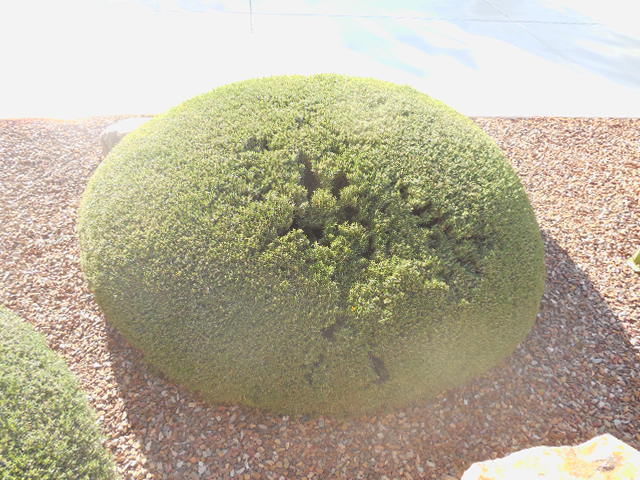Q: I have a deck that overlooks a wash. For years, I have been trying to plant various things in pots on the deck, but most of them get eaten by pack rats. The only plants that have survived are rosemary, lavender and geranium.
Do you have any other recommendations for flowering plants that pack rats would reject? Or effective pesticides? Or unusual ways to approach the pack rat problem?
Among the things I have done is to hire someone who is quite knowledgeable, but have seen limited success. The last thing he said to me was to give up planting on pots in my deck.
A: Predicting what animals will not eat is difficult. If the weather is dry and their favorite plants dry up, pack rats and other animals will eat what’s available.
The fragrant plants they avoided on your deck are a clue to their preferences but I wouldn’t expect them to avoid anything in a pinch. There are rodenticides you can use but they are not effective in the long term because they only take out a few rats and don’t solve the overall problem. Pesticides are also poison for any other animal so you would need to be careful to protect pets and other wildlife.
The best strategy for pack rat management includes nest removal, trapping and habitat modification to limit food sources so they won’t reestablish nearby.
Living next to a wash puts you at a disadvantage because you can only manage so many potential nest sites. In any case, modifying your landscape is not a one-and-done solution.
The nesting sites will grow back and must be maintained for long-term effectiveness. Keep an eye out for places they might make a nest.
We humans create a lot of containers and things with nice cavities in them that are just right for a nest. If pack rats are able to access plants on your deck, then they will probably be back.
You might consider using containers that have slippery sides so they are unable to climb into the plants. Some folks use metal troughs designed for watering livestock and they seem to work.
Peter L. Warren is the urban horticulture agent for the Pima County Cooperative Extension and the University of Arizona. Email questions and photos to tucsongardensage@gmail.com





